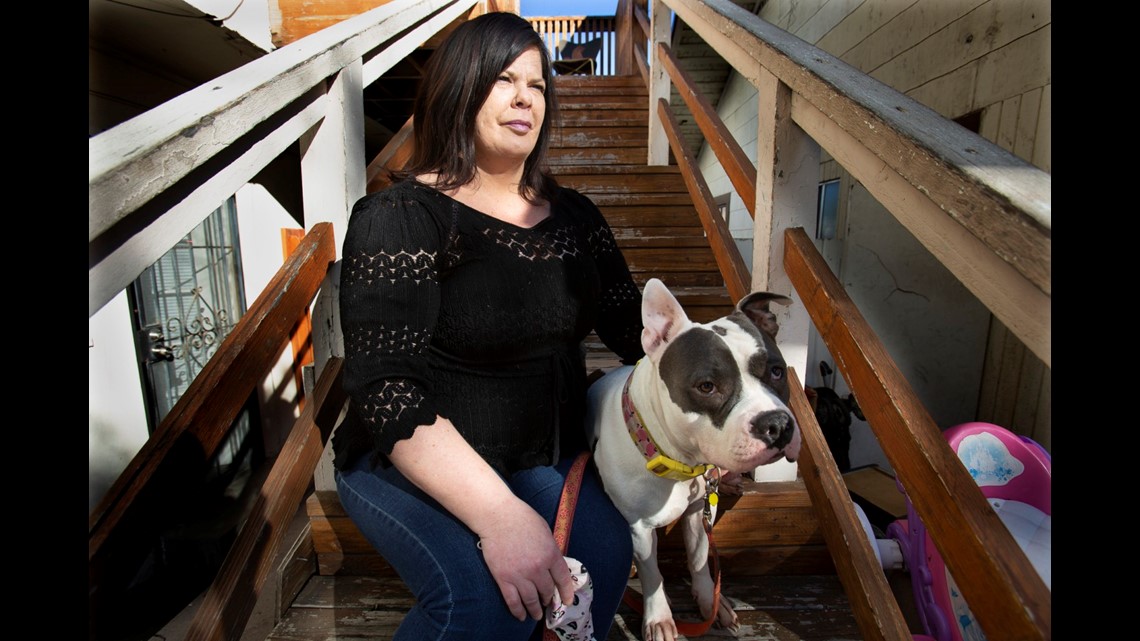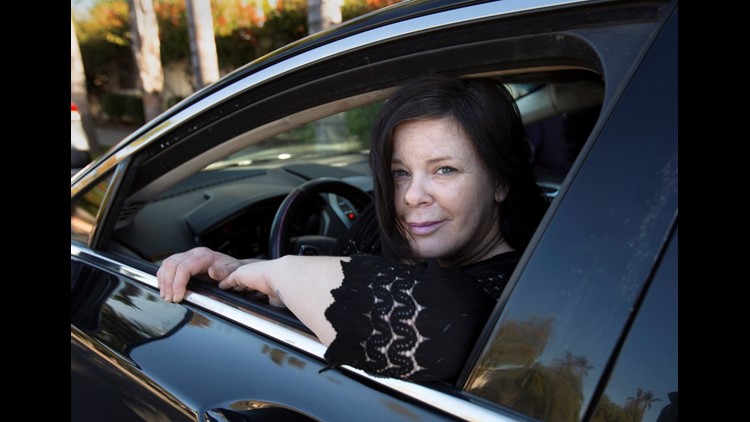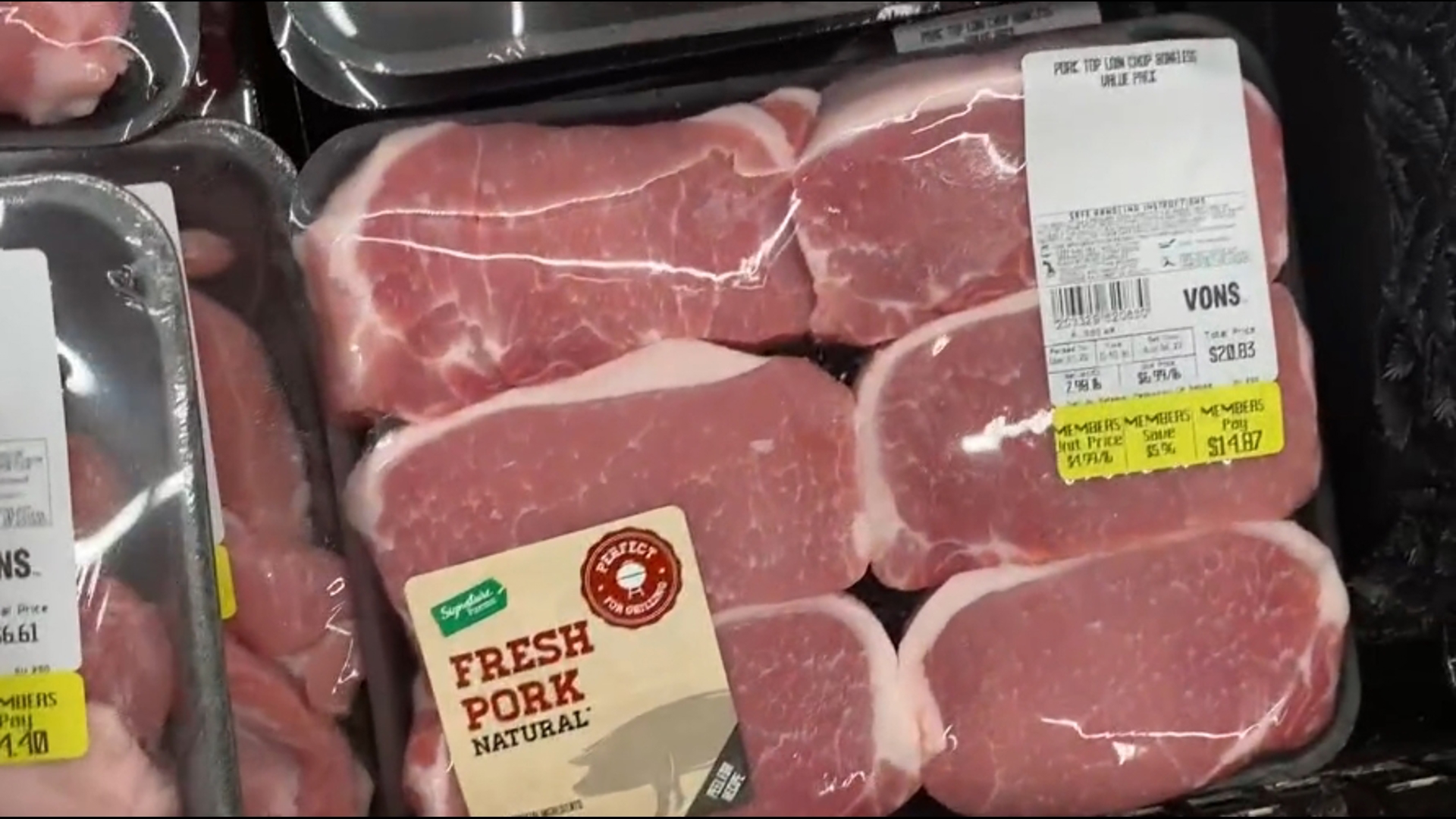On paper, the Golden State appears to have escaped 2020 without a personal debt crisis. Despite an unprecedented 2.4 million jobs lost in the spring, Californians joined their fellow Americans in paying down interest-heavy debt such as credit card bills while acquiring wealth-building loans by taking out mortgages. In California, new mortgages jumped 10% even as real estate prices soared, suggesting an unexpected resistance to a prolonged pandemic.
Economists and financial researchers across the country aren’t seeing tell-tale signs of financial hardship in the Federal Reserve Bank of New York’s reports of American consumer debt, like the devastating spikes in defaulted debt, bankruptcies and foreclosures suffered during the Great Recession. In fact, they’re seeing near-record lows.
But looks can be deceiving.
The large gains of well-off Californians appear to be cloaking the experiences of suffering segments in debt records that aren’t easily broken down by race, income or geography. Plus, millions of Californians suffering job losses have accumulated crippling levels of debt that go uncounted in many national measures: unpaid rent, utility bills, borrowed money from loved ones and, in some cases, predatory loans.
The murkiness of debt data poses a problem for the government’s response. Even as California extends an eviction ban, considers additional stimulus aid and presses for additional unemployment support, it’s unclear whether that relief will be enough to prevent a debt crisis, or simply postpone it.
“Once the dust settles, this is going to be a story of inequality,” said Matthew Harding, professor of Economics and Statistics at UC Irvine.
A counterintuitive trend
Economic downtowns usually trigger high levels of debt distress.
“Debt is what fills the gap,” said Taylor Nelms, senior director of research at Filene Research Institute, a nationwide think tank working with hundreds of credit unions.
After the 2008 financial crisis, credit card debt spiked. So did the share of U.S. borrowers late on debt payments, which can ravage credit scores. By the end of 2009, roughly 12% of American household debt was delinquent, the highest rate ever recorded.
Yet that’s not happening now, despite the U.S. losing more jobs in 2020 than were lost in the entire Great Recession.
A below-average 3.4% of Americans’ personal debt was delinquent as of late September. California, one of the states hit hardest by Great Recession delinquencies, now has among the lowest rates nationwide, according to an interview with researchers at the Federal Reserve Bank of New York.
In another surprising twist, U.S. credit card debt — which, unlike mortgages, economists often consider an unhealthy form of debt because it doesn’t build wealth — dropped by $76 billion in the spring, the steepest decline since the country’s bank system began analyzing debt records in 1999.
That’s a sign, experts say, that Americans are spending less due to travel restrictions, business closures and lost income. But it’s also due to active debt repayments from those who enjoyed extra financial padding from boosted unemployment benefits and $1,800 stimulus checks. About half of Californians who received the latest round of stimulus checks report that they mostly used them to pay off outstanding debt, according to January Census Bureau surveys.
How could a disease dubbed the “inequality virus” not generate alarming signs of household debt?
State of suspension
It may just be on hold. Federal cash infusions have helped many pull through the year. California lawmakers barred evictions through the end of June and Newsom banned water and electricity shutoffs during the pandemic. While ensuring access to basic needs during the crisis, those moratoria cloud the true level of Californians’ debt troubles.
“If the protections were extended permanently, then the data would align with reality,” said Nelms.
An estimated 1.6 million California households are late on water payments. Estimates for the number late on rent range from 90,000 to 700,000. At some point, those bills will come due.
Lawmakers have taken steps to reduce delinquent debt. The federal government, along with some private lenders, offered people the option to postpone payments on their student loans and mortgages, a process called forbearance. But these relief efforts have also created mixed signals about the state of delinquency in California.
One working paper by Stanford and USC researchers, among others, found that Americans have benefited from forbearance on roughly $2 trillion worth of loans between March and October, of which $1.1 trillion came from delayed mortgage payments. Study co-author and USC assistant professor Erica Xuewei Jiang believes that sets a record.
Forbearances explain much of the difference between the 2008 crisis and the pandemic, said Giacomo De Giorgi, director of the Institute of Economics and Econometrics at the University of Geneva in Switzerland, including why foreclosures — when a lender repossesses a home after the owner fails to pay the mortgage — have virtually stopped.
“We’ve never seen this before,” De Giorgi said. “It’s very hard to know whether this is an optimistic picture.”
A story of inequality
Another reason why debt levels appear deceivingly healthy is deepening inequality.
“When we worry about the averages, we miss a lot,” said Harding of UC Irvine.
The wealthy are skewing the Fed’s debt measurements. For example, people with credit scores above 760, who tend to make more money, are responsible for 85% of the national boom in new mortgage debt, taking out $329 billion more in home loans since March. The mortgage balance among borrowers with scores below 620 declined.
Harding also worries the data, which he says can’t be broken down by race, might be hiding alarming trends among specific demographics.
Ernesto Martinez said he’s witnessing “probably the largest wealth stripping event of our lifetime” among the families he serves as Director of Asset Building Programs at the Mission Economic Development Agency.
Before the pandemic, the nonprofit helped about 8,000 mostly immigrant families who made an average of $30,000 a year in the Bay Area build wealth through career training, financial coaching, tax filing services and affordable housing.
Now his team is scrambling to help clients hold on to “whatever little wealth” they might have developed.
Desperation debt goes uncounted
The federal reserve’s data also fails to measure some of the most distressing forms of debt, often affecting those who have endured long months without assistance because they are undocumented or their unemployment benefits were frozen or delayed.
It only counts debtors with Social Security numbers, excluding undocumented immigrants. It doesn’t include mounting utilities and rental debt, which “has the potential to be quite catastrophic,” said Marisabel Torres, director of California policy for the Center for Responsible Lending, a nonprofit working to fight predatory lending.
It doesn’t capture the 14% of Californians who told the Census Bureau in January that they borrowed money from family or friends in the past week. It doesn’t count people who turn to high-interest financial services, like payday or title loans, because they have limited or poor credit history.
An analysis of Google searches by the Federal Reserve Bank of Kansas City found evidence that demand for title and payday loans has dropped. However, experts are worried these types of often-predatory services will skyrocket when financial protections expire. The use of payday loans doubled in the years following the Great Recession, hitting people with limited or poor credit hardest.


Until recently, Erica Wood of San Diego had mostly dealt in cash, leaving the 44-year-old pharmacology researcher-turned-small-business-owner with little credit history.
The pandemic wiped out Wood’s booming mobile piercing business. Late on May’s rent, she got desperate. Through an online loan agency, she took out a $4,000 title loan at a 400.87% annual interest rate, with her 2015 Lincoln MKZ as collateral. When the end of the pandemic still seemed right around the corner, Wood figured she’d pay back the loan right away.
But the pandemic continued and the interest grew faster than she could repay it. Wood cashed out on her 401K, refinanced the loan, sold stocks and a prized classic truck.
She might have paid off the loan sooner, if not for California’s Employment Development Department’s chaotic crackdown on fraud, which led Bank of America to freeze her benefits card in September. After countless hours on the phone with representatives, Wood still hasn’t seen a cent of her biweekly $598 Pandemic Unemployment Assistance.
Two months late on repaying the title loan, she still owes about $4,300.
Though Wood’s financial crisis doesn’t show up in national debt statistics, her boyfriend’s relative success might soon. An electrician, his annual income increased from about $55,000 to over $80,000, as business boomed and he worked weekends.
“He wants to buy a house now because the mortgage rates are so great,” Wood said. “But I’m freaking out.”



